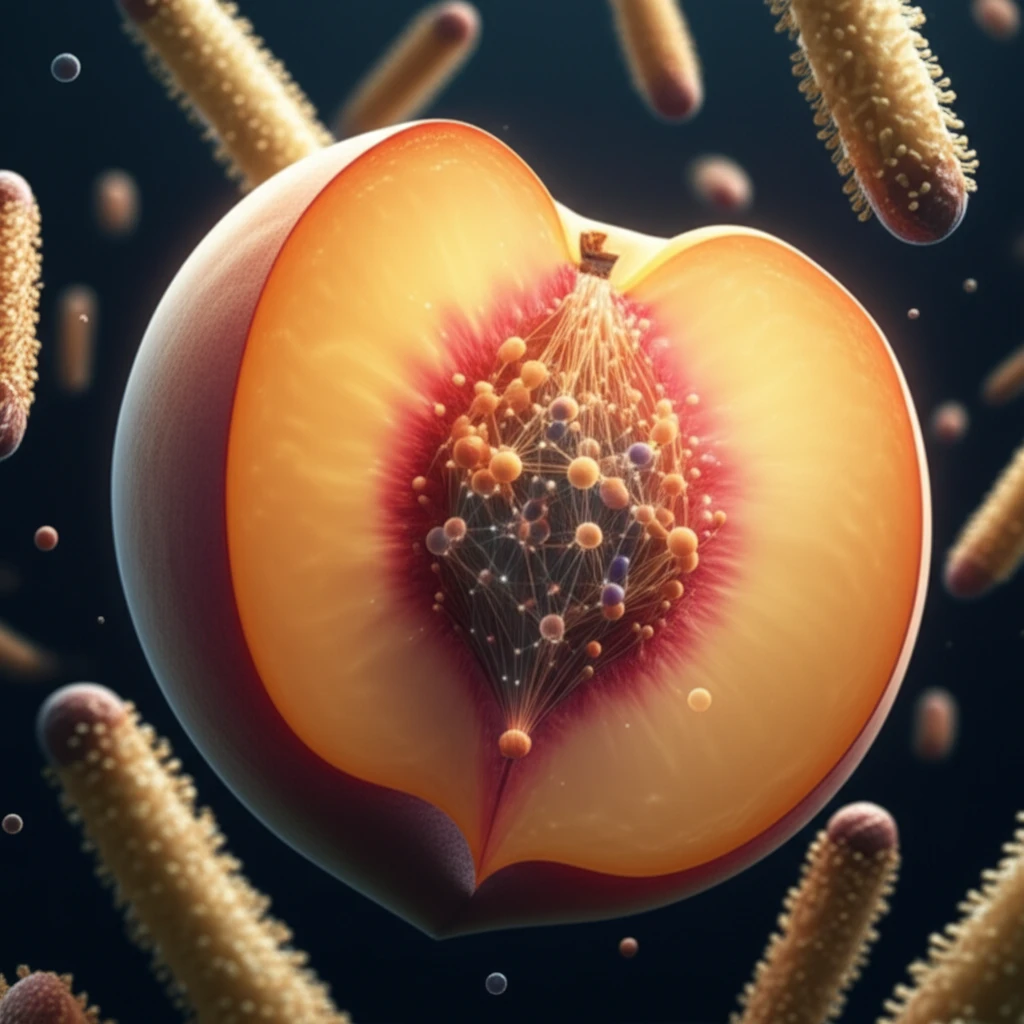
Peach Allergy Unmasked: How Science Cracks the Code of Pru p 1.0101
"Decoding the structure of the peach allergen Pru p 1.0101 could lead to better diagnostics and treatments for peach allergies."
For many, the simple pleasure of biting into a juicy peach is marred by the threat of an allergic reaction. In Europe, North America, and China, a significant number of individuals grapple with peach allergies, triggered by a protein known as Pru p 1. This protein sets off a chain of reactions in those who are sensitive, often starting with an initial allergic response to birch pollen.
The discomforting symptoms—severe itching, scratching of the throat, and rhino-conjunctivitis—highlight the need to understand the root cause of these allergic reactions. While the role of Pru p 1 is well-established, concrete structural data for this peach allergen has remained elusive. That is, until now.
Recent research has successfully mapped the structure of Pru p 1.0101, a naturally occurring form of the protein, using NMR spectroscopy. This breakthrough offers insights into the protein's unique structural features, paving the way for advancements in allergy diagnostics and treatments. Let’s delve into what this discovery means for those affected by peach allergies.
What is Pru p 1.0101 and Why Does It Cause Allergies?

Pru p 1.0101 is a protein found in peaches (Prunus persica) that acts as an allergen, meaning it triggers an allergic response in sensitive individuals. It belongs to a class of proteins known as pathogenesis-related (PR) proteins, specifically the PR-10 family. These proteins are often produced by plants in response to stress or pathogen attacks.
- The symptoms of a Pru p 1.0101 allergy can range from mild to severe. Common symptoms include:
- Itching and swelling of the mouth, lips, and throat
- Skin reactions such as hives or eczema
- Nasal congestion and sneezing
- In severe cases, difficulty breathing and anaphylaxis
Unlocking Future Possibilities
By understanding the precise structure of Pru p 1.0101, scientists can develop more accurate diagnostic tools to identify individuals at risk of peach allergies. This structural knowledge can also be used to design targeted therapies, such as hypoallergenic peach varieties or therapeutic interventions that block the allergic response. For those who suffer from peach allergies, this research offers hope for a future where they can once again enjoy this delicious fruit without fear.
